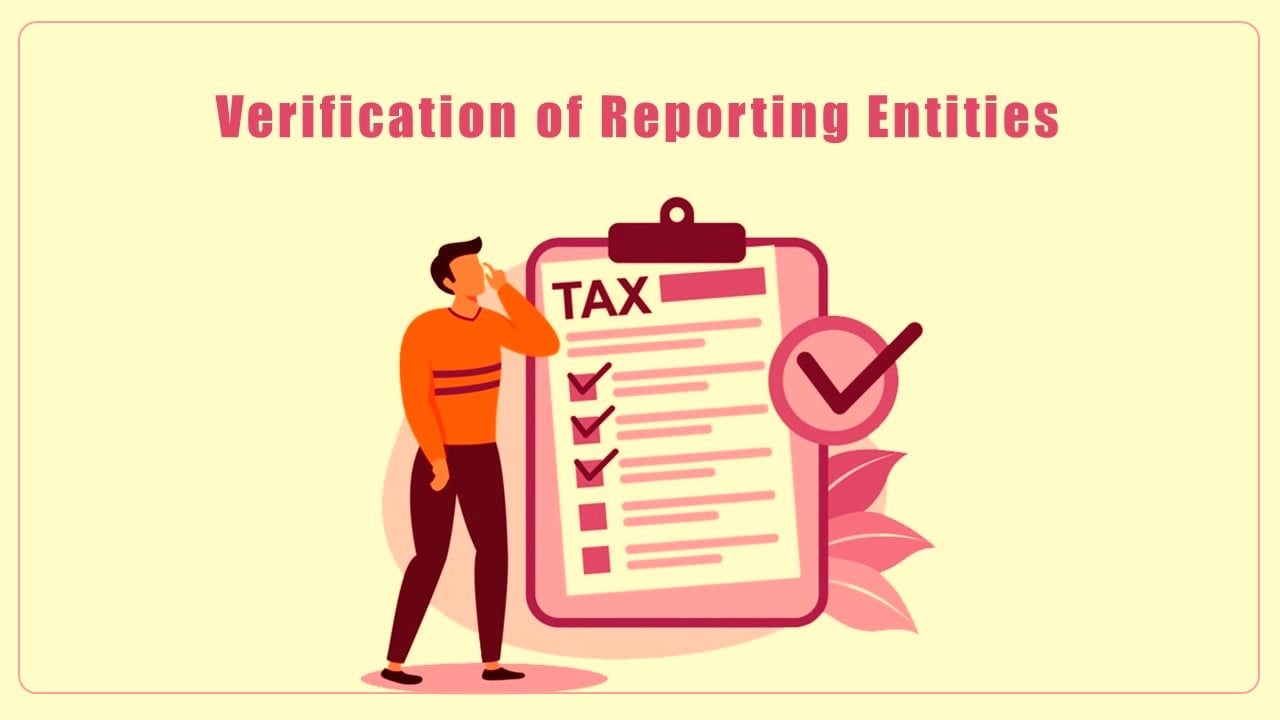As the days draw shorter and Daylight Savings Time comes to an end, it’s a reminder the end of the year is almost here.
As the temperature drops, you’ve probably already turned on the heat for the first time this fall (we just got our whole system serviced in preparation), and it’s time to start thinking about energy bills. Winter is coming, and here’s how to prepare!
The good news about saving energy is that you can also save money at the same time and see a tax benefit. A few years ago, we replaced all the windows in our home because they were falling apart and leaking. We were able to leverage a tax credit to help defray the cost and reduce our energy bills. It was a win-win situation.
You want to do what you can to use less energy year-round, but especially during the winter. There are energy-saving ways to improve your home’s tax efficiency. The residential clean energy credit is a credit available that you still have time to put into place before the end of the year and increase your tax refund:
Residential Clean Energy Credit
This is a tax credit that can be quite valuable. You can receive 30 percent of the cost of energy-efficient equipment you purchase from January 1, 2022, through December 31, 2032.
It’s important to note that this credit isn’t refundable, so you won’t get money back if the credit is worth more than what you owe. However, it is possible to carry the credit forward to the next year, so it isn’t wasted.
If you have a $2,000 credit but only owe $1,500, you can apply the $1,500 this year and then carry the remaining $500 forward, reducing your tax liability next year.
Qualified systems include solar electric panels, solar hot water heaters, wind turbines, fuel cells, battery storage technology, and geothermal heat pumps. Installation in your principal home and second home qualify; just make sure that you check to see if the system meets the requirements. It’s important to note that your second home must be located in the United States, and you live in part-time but don’t rent to others. You can not claim a credit for fuel cell property on your second home or for a home not in the United States.
Home Energy Audits
To qualify, the home energy audit must be a written audit report and identify the most significant and cost-effective energy efficiency improvements to the residence. When having a residential energy audit done make sure that it meets all the requirements. Your audit should be completed by a qualified auditor and the written audit report should include that the auditor is certified to conduct home energy audits.
The credit amount is equal to 30% of the total amount paid during the year for a home energy audit. The maximum credit that can be claimed for home energy audits is $150 (30% credit on audits that cost up to $500). This credit is also non-refundable, which means that it will reduce the amount you owe to the IRS down to zero, but any remaining credit won’t be refunded to you.
Energy Efficient Home Improvement Credit
The Energy Efficient Home Improvement Credit is worth up to $1,200 per year for a qualifying property placed in service on or after January 1, 2023, and before January 1, 2033. The credit now has an annual limit rather than a lifetime limit, so you can claim the maximum annual credit every year that you make eligible improvements until 2033. This credit is nonrefundable, so you can’t get back more on the credit than you owe in taxes, and you can not apply any excess credit to future years.
Generally, to receive this energy-efficient home improvement credit, the home must be your primary residence located in the United States and an existing home that you improve or add onto but can not be a new home.
Don’t worry about knowing these tax laws. TurboTax will ask you simple questions about you and give you the tax deductions and credits you are eligible for based on your entries. Meet with a TurboTax Full Service expert who can prepare, sign, and file your taxes, so you can be 100% confident your taxes are done right. Start TurboTax Live Full Service today, in English or Spanish, and get your taxes done and off your mind.
9 responses to “Daylight Savings Time is Ending: Save Money with These Energy Tax Tips”












![SBI releases booklet on NRI Taxation [Download Book]](https://digitalaiaccountant.com/wp-content/uploads/2024/03/SBI-releases-booklet-on-NRI-Taxation-Download-Book.jpg)

